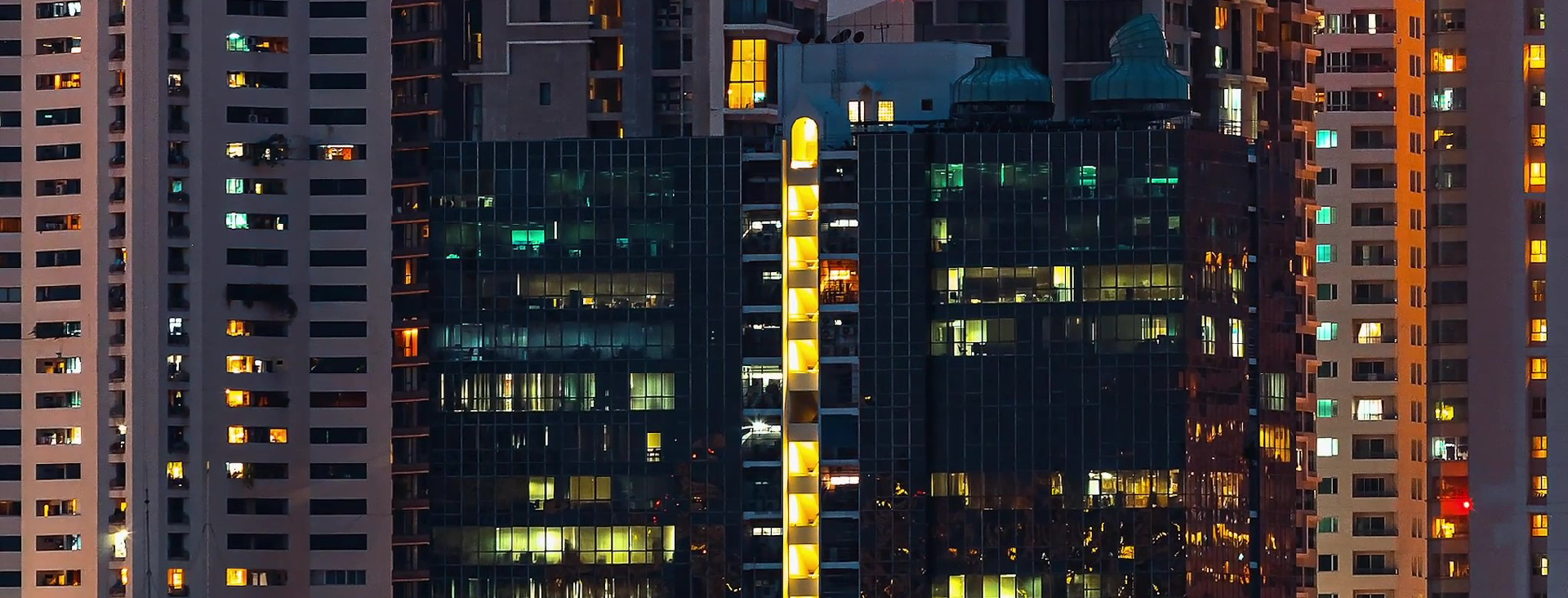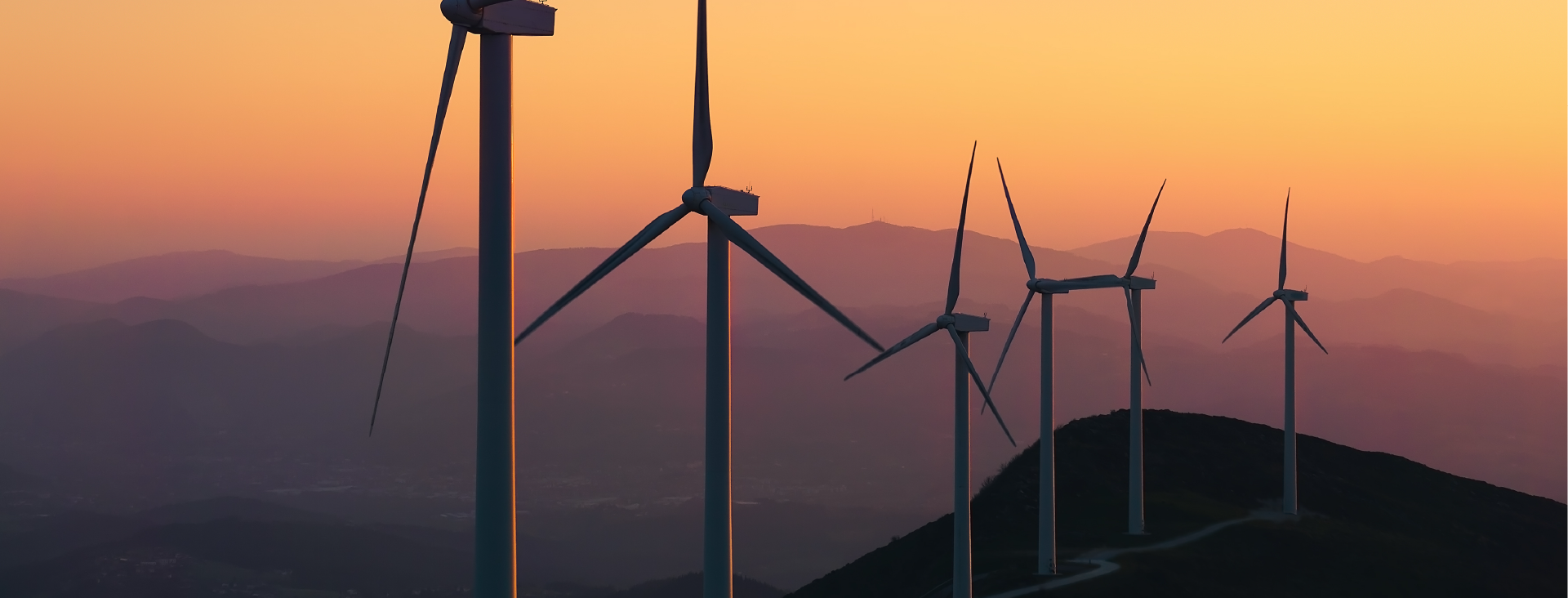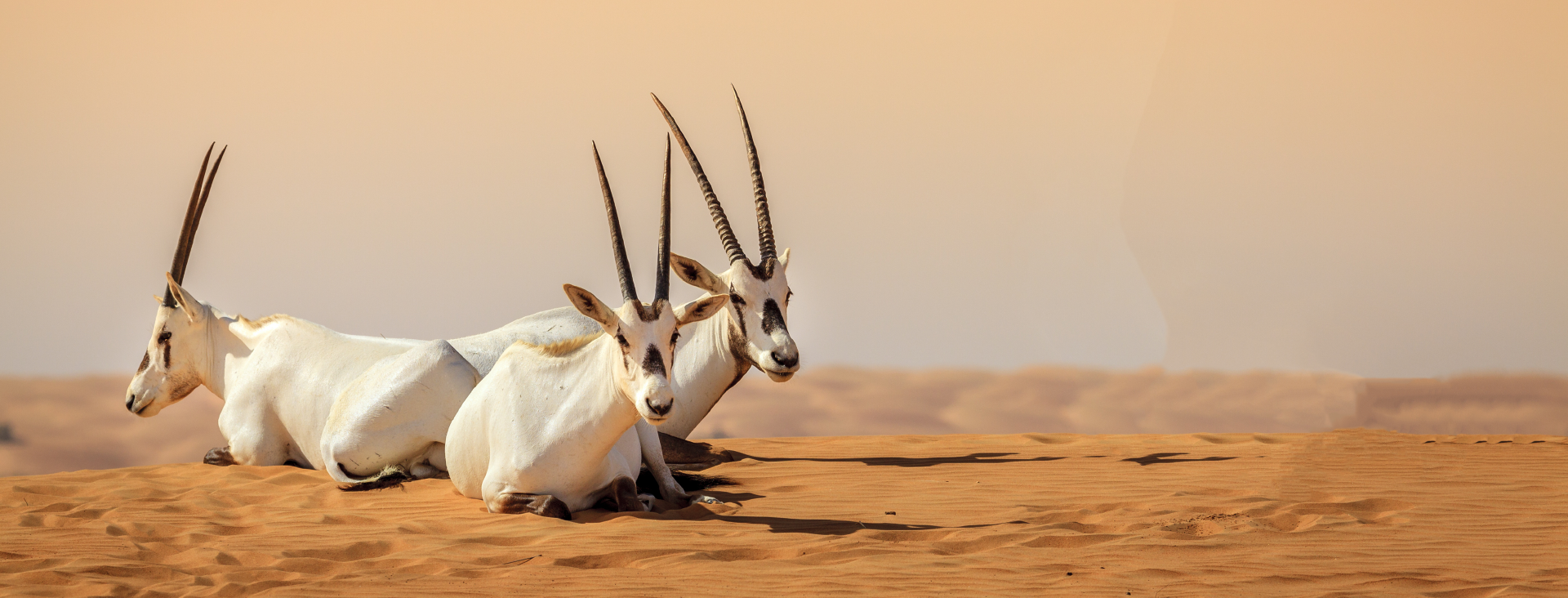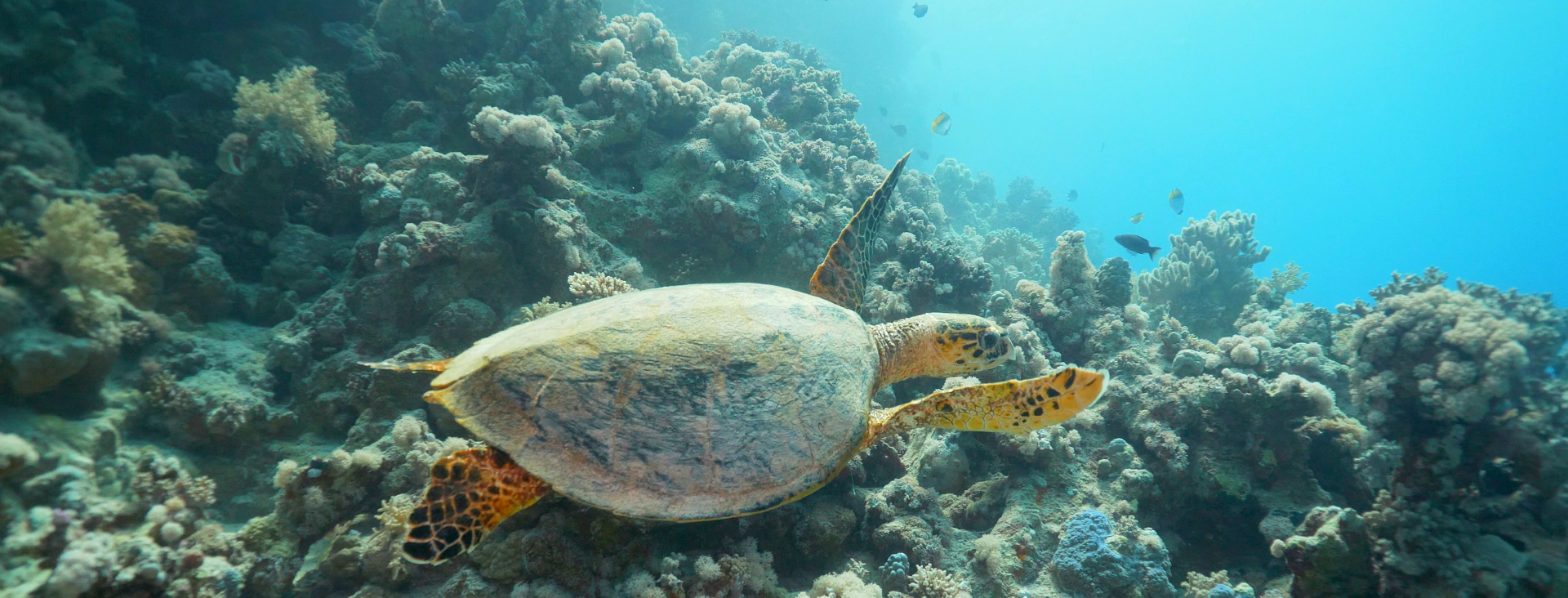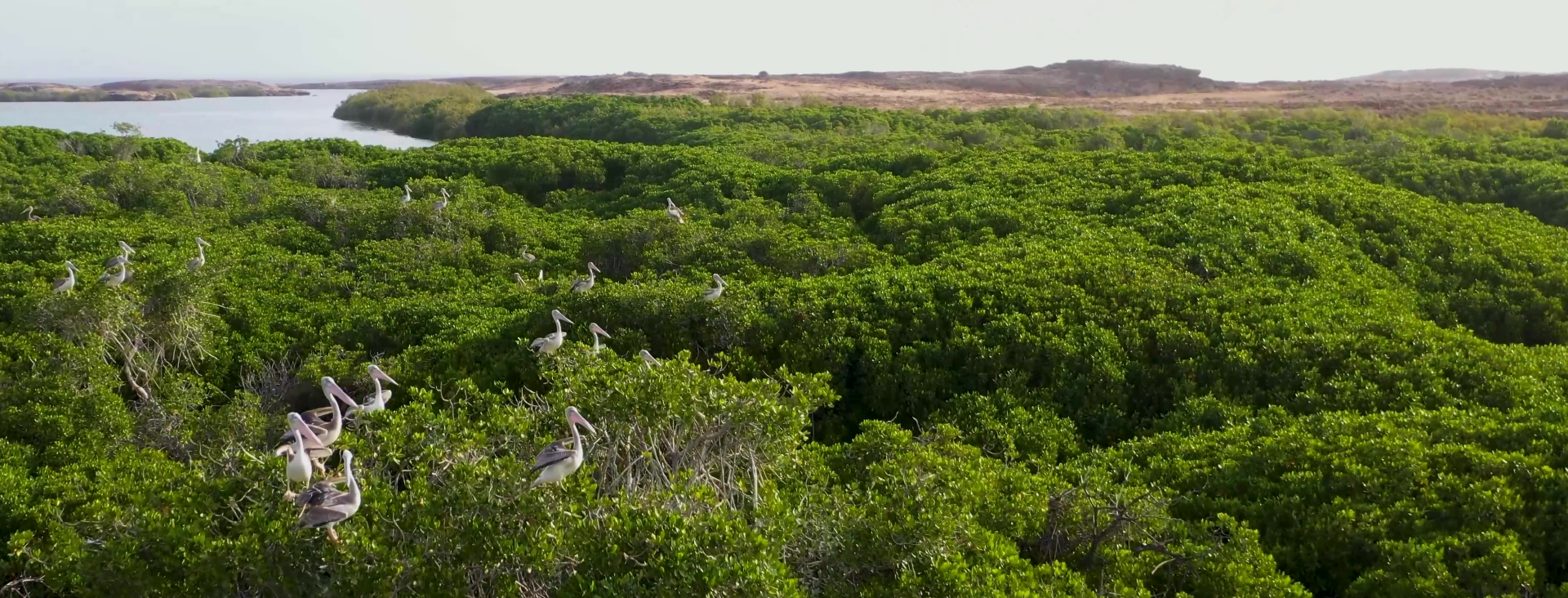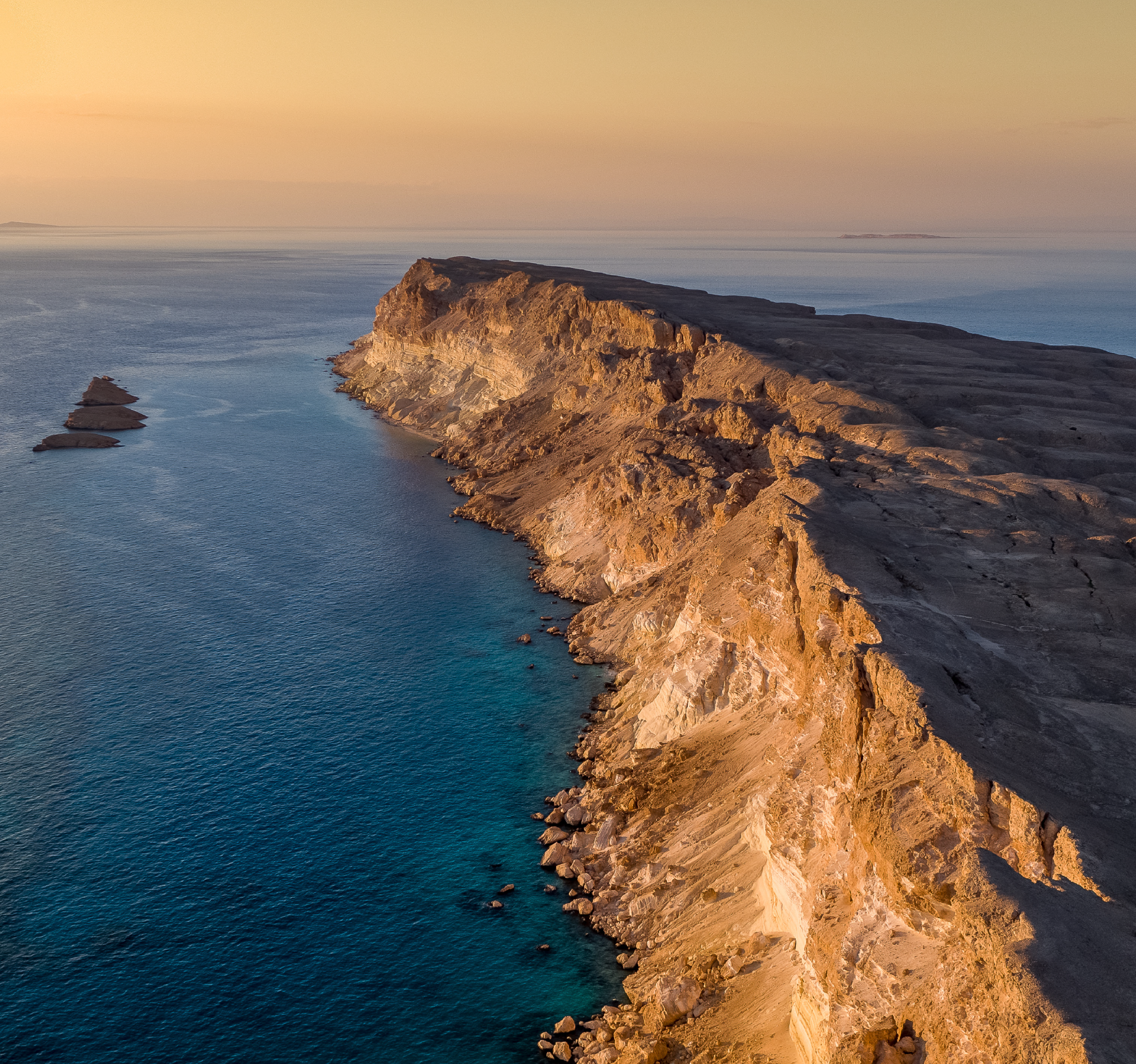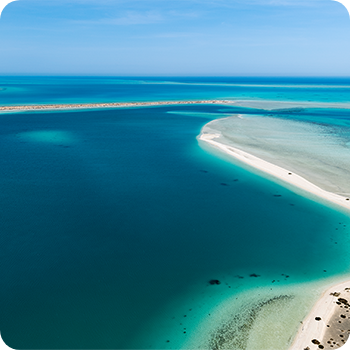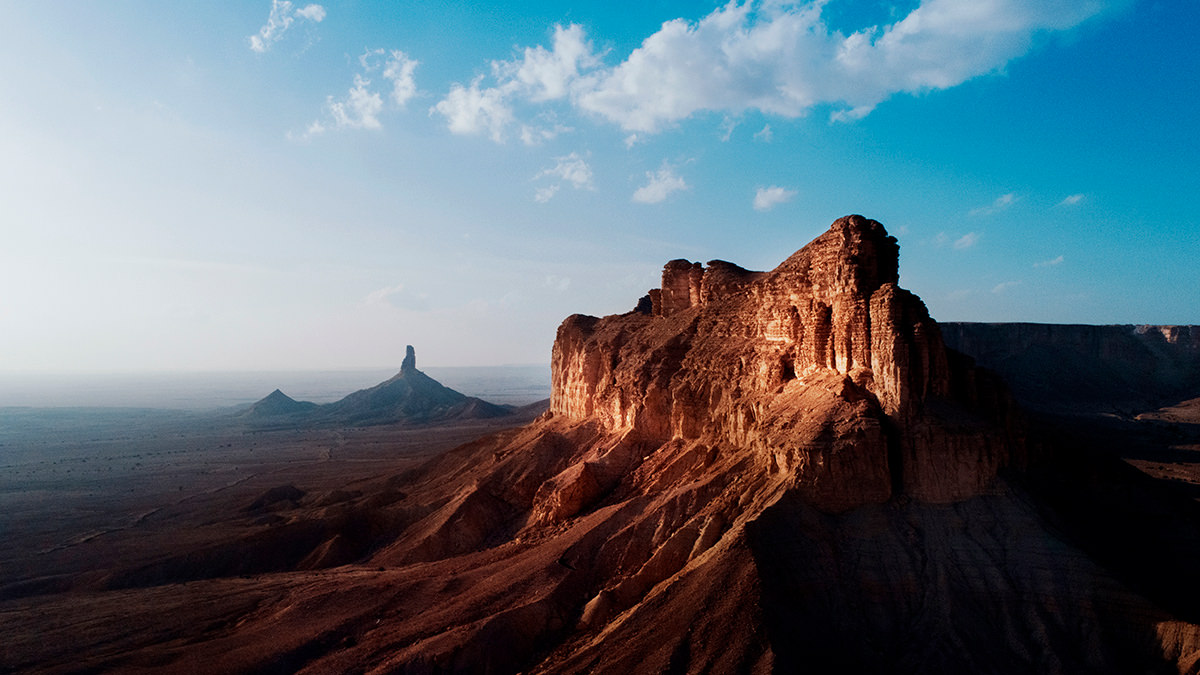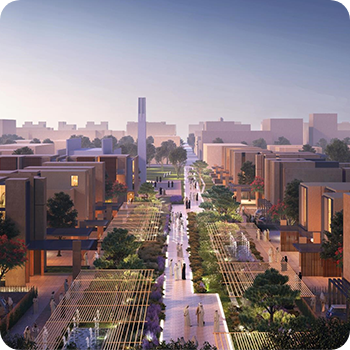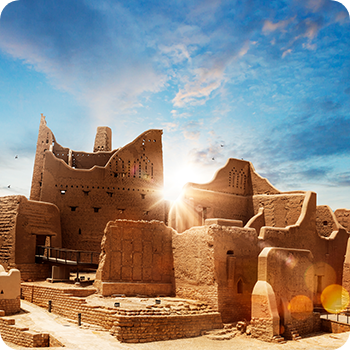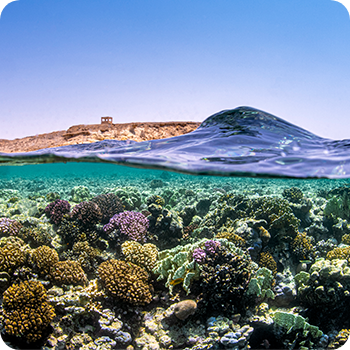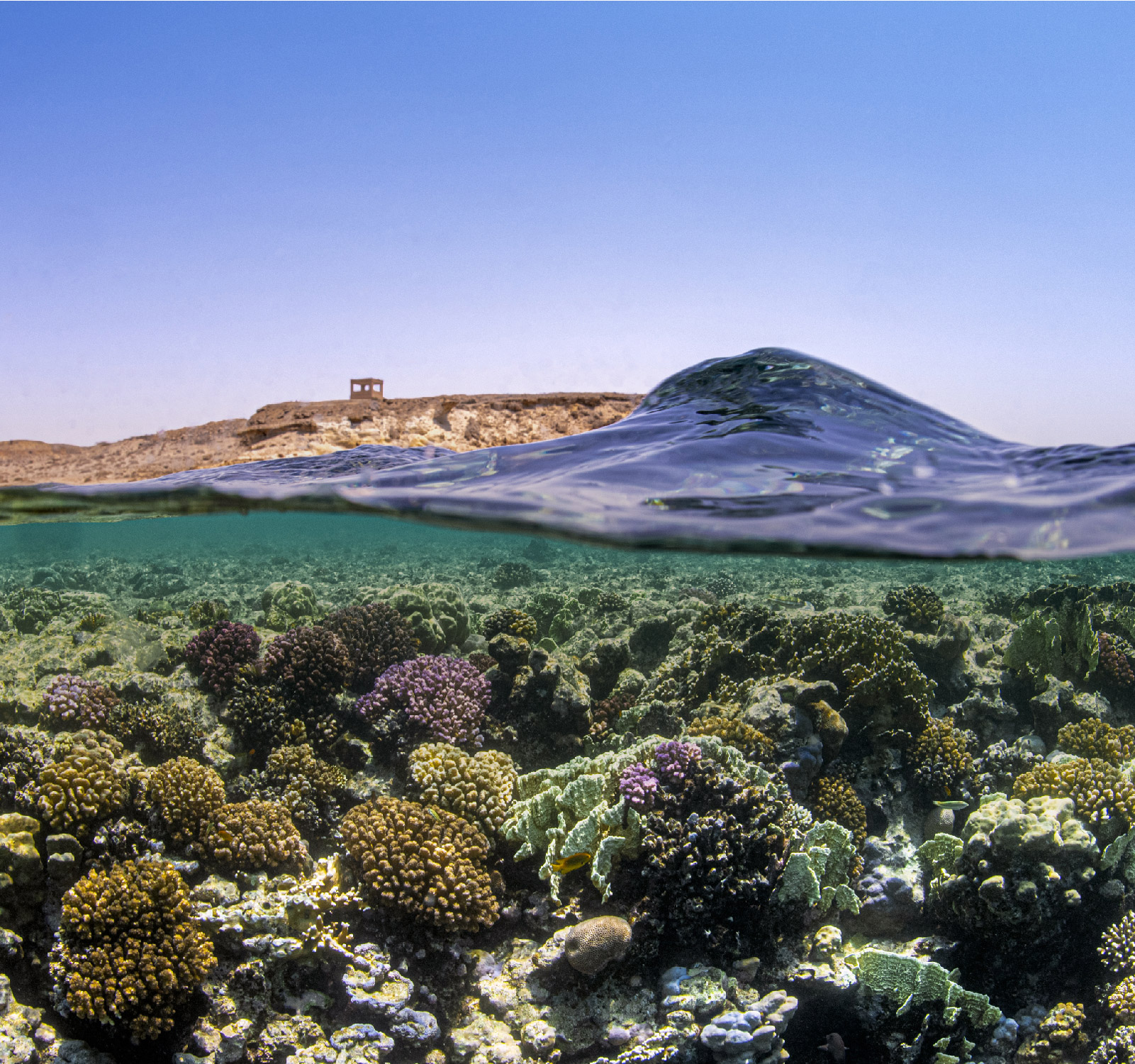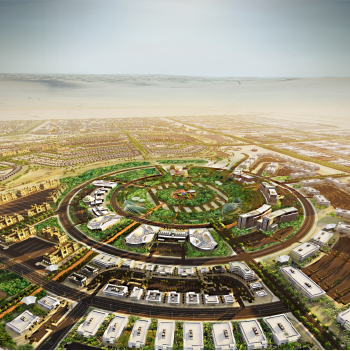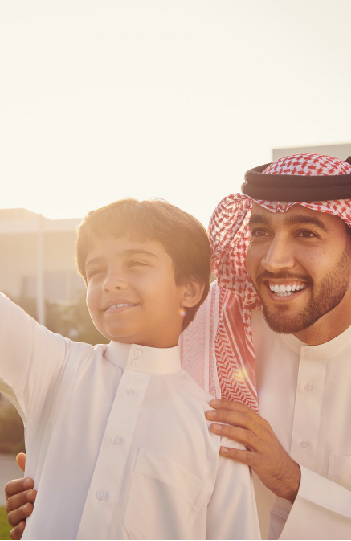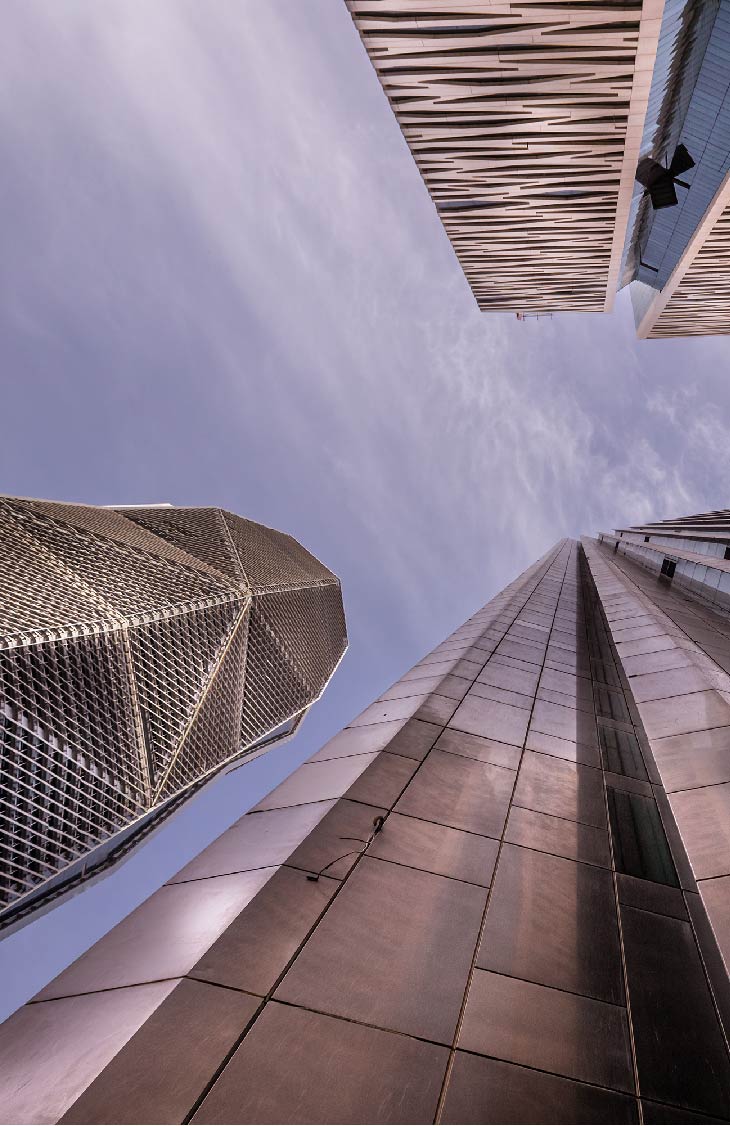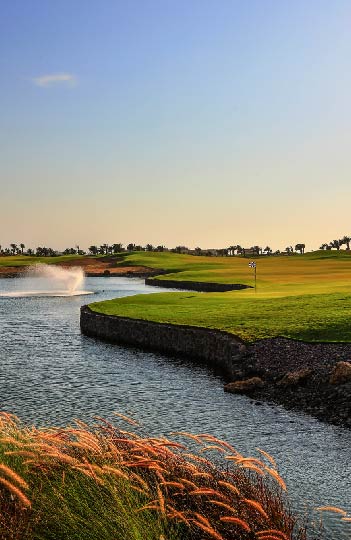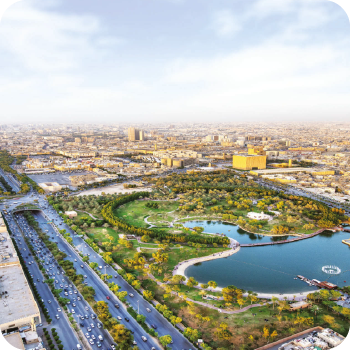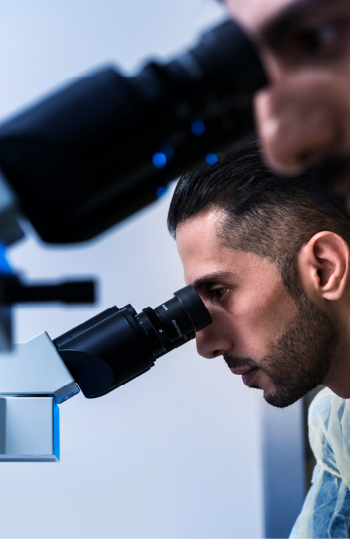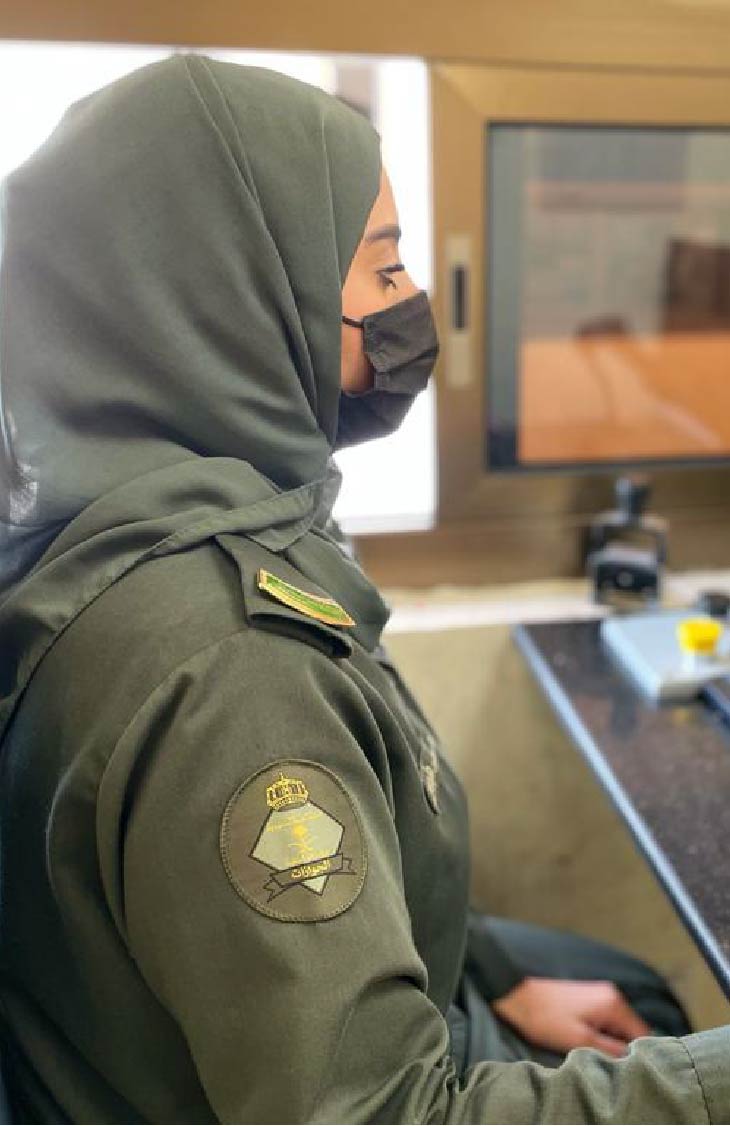It is a long established fact that a reader will be distracted by the readable content of a page when looking at its layout. The point of using Lorem Ipsum is that it has a more-or-less normal distribution of letters, as opposed to using ‘Content here, content here’, making it look like readable English. Many desktop publishing packages and web page editors now use Lorem Ipsum as their default model text, and a search for ‘lorem ipsum’ will uncover many web sites still in their infancy. Various versions have evolved over the years, sometimes by accident, sometimes on purpose (injected humour and the like)
a sustainable saud vision
Sustainability has been among the most important outcomes of Saudi Vision 2030 since its launch. Successfully, the Kingdom of Saudi Arabia is ushering in a new era by declaring its goal to reach zero neutrality by 2060 AD. The goal of this declaration is within the framework of the ambitions of the broader vision
The Kingdom of Saudi Arabia has always had a pivotal role in global energy markets, and a contributor to global economic growth. Saudi Vision 2030 aims to advance the future of the Kingdom of Saudi Arabia, with a focus on sustainability as a primary focus in planning, establishing infrastructure, developing policies and investing. Through its responsible approach to modern energy and climate challenges, Saudi Vision 2030 inspires the world to participate in efforts to build a sustainable future.
Sustainability has been at the core of Vision 2030 since its inception. Saudi Arabia is now ushering in a new era as the kingdom aims to reach net zero by 2060. The announcement is aligned with Vision 2030's broader ambitions to accelerate the energy transition, achieve sustainability goals, and drive a new wave of investment. Saudi Arabia has long played a central role in the international energy market, helping drive global economic growth and development. Vision 2030 is a sustainable vision for the future of Saudi Arabia with sustainability at the core of everything the Kingdom does, from policy development and investment to planning and infrastructure. By creatively and responsibly addressing energy and climate challenges, Vision 2030 inspires others around the world to participate in building a sustainable tomorrow

Renewable energy
Saudi Vision 2030 drives a collective commitment to address current and future energy and climate challenges in an innovative and responsible manner. During the Kingdom’s presidency of the G20 in 2020, country leaders endorsed the Circular Carbon Economy (CCE), a concept based on the “closed loop” system that It reduces carbon emissions and helps to reuse, recycle and dispose of it, as this system contributes to addressing climate change, promoting sustainable development and promoting economic diversification, and by reducing carbon emissions and expanding technologies used to capture, use and store carbon, the international community will be able to continue growth and achieve sustainability. and harmonizing its requirements between both energy and climate.
Thanks to the Kingdom's huge potential of solar and wind energy and thanks to its strategic investments in sustainable technologies, remarkable projects have been launched to diversify energy sources by improving the energy mix in the Kingdom. The Kingdom of Saudi Arabia is also committed to investing strategically in sustainable technologies, so that the percentage of energy consumed from renewable sources will reach 50% by 2030. Renewable energy projects are one of the main drivers of sustainability that will contribute to avoiding carbon emissions and displacing high-value fuels in electricity generation.
Protecting and preserving the environment
Saudi Vision 2030 aims to protect and enhance the natural environment in the Kingdom, by adopting a holistic vision of precious ecosystems. It also works to encourage sustainable agricultural practices throughout the Kingdom, which helps in providing safe and high-quality local foodstuffs to citizens and residents, while maintaining the water balance. and restore biodiversity. These sustainable methodologies also contribute to preventing soil erosion and tackling desertification by protecting native plants that provide food and shelter for wildlife.
The Kingdom of Saudi Arabia hosts many private habitats and natural reserves. The National Center for Wildlife Development also supervises a group of 15 reserves distributed in various regions of the Kingdom. The purpose of Saudi Vision 2030's focus on protecting wildlife and unique habitats is for future generations to enjoy the rich natural diversity of this country. The Red Sea coast in Saudi Arabia is home to some of the most resilient coral reefs in the world, so the Red Sea Development Company, in partnership with King Abdullah University of Science and Technology, is laying the foundation stone for building a sustainable tourism destination, and leading efforts to preserve pristine ecosystems that enjoy diversity. marine biology on this coast. The company is also working to protect marine life and habitats through a range of initiatives, including marine spatial planning and classification of turtles that live there, and the company aims to achieve a net benefit of 30% by 2040 AD, and a carbon-free footprint by preventing carbon dioxide emissions from entering the atmosphere .
Green cities harmonious with people
The people of the Kingdom are witnessing a qualitative leap in their way of life and their areas of living under the Saudi Vision 2030, where cities now enjoy a better and more livable environment thanks to the expansion of green spaces, the availability of new life experiences and the exploitation of nature, which improves the quality of life. The vision is working to reshape Saudi cities by expanding urban greening in a sustainable way that contributes to purifying the air and encouraging a healthy lifestyle, which in turn leads to achieving the goal of increasing the proportion of individuals who exercise at least once a week to 40%.
The people of the Kingdom are witnessing a qualitative leap in their way of life and their areas of living under the Saudi Vision 2030, where cities now enjoy a better and more livable environment thanks to the expansion of green spaces, the availability of new life experiences and the exploitation of nature, which improves the quality of life. The vision is working to reshape Saudi cities by expanding urban greening in a sustainable way that contributes to purifying the air and encouraging a healthy lifestyle, which in turn leads to achieving the goal of increasing the proportion of individuals who exercise at least once a week to 40%.


